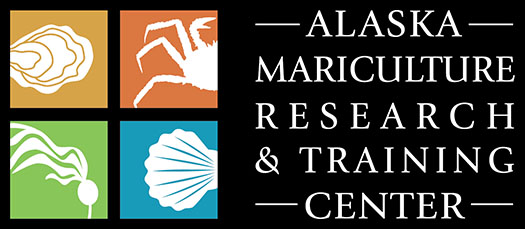Developing Alaska-specific Pacific oyster broodstock for optimized growth in the Exxon Valdez oil spill region, and methods for spawning and rearing Pacific oyster larvae that are cost effective at scale
To date, oysters have not been spawned in Alaska successfully, consistently, and cost-effectively, creating a reliance on seed supplied from outside the state and an extreme insecurity and shortage of seed supply. To address these challenges, the aquaculture research group at the NOAA Alaska Fisheries Science Center (AFSC) are constructing a research shellfish hatchery at the NOAA Ted Stevens Marine Research Institute in Juneau, AK and collaborating with USDA-ARS Pacific Shellfish Research Unit (PSRU) to leverage the vast resources and oyster experts they offer. Oyster strains grown in the PSRU hatchery will be deployed to the production arrays of the Mariculture ReCon project (Objectives 1 and 3A) in 2024. The genetic pool for the oyster strains being tested in 2024 have a broad-based origin, with a mix of genetics from hatchery broodstock and wild-set oysters obtained in Oregon, Washington, California, and Japan over the past 30 years. Pacific oysters deployed through the Mariculture ReCon project will help meet the growing demand for farmed shellfish by creating tools and strategies to improve their yield and resilience in Alaskan waters.
Principal Investigator / Project Partners:
- Jordan Hollarsmith, National Oceanic and Atmospheric Administration
- Becca Cates, National Oceanic and Atmospheric Administration
- Henry Fleener, National Oceanic and Atmospheric Administration
- NOAA Alaska Fisheries Science Center
Project Term: 2022-2026
Funding: $938,000, Exxon Valdez Oil Spill Trustee Council.
